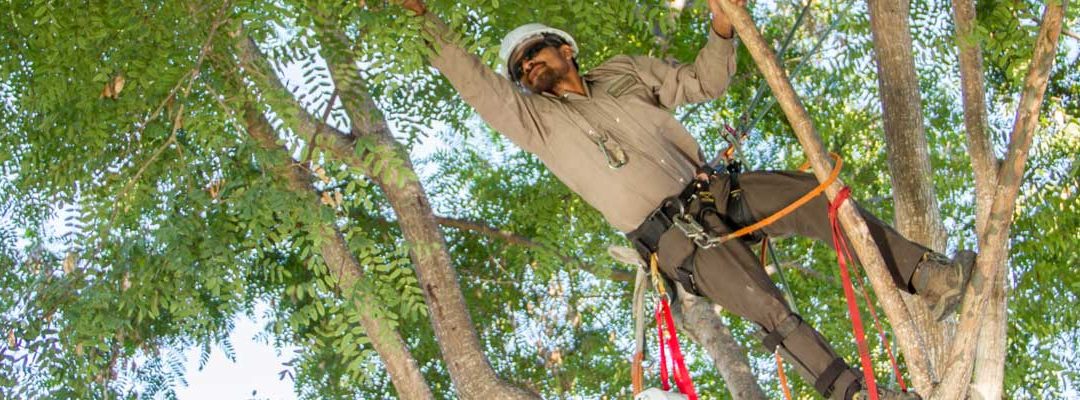Getting Started –
The first rule before a cut is made is to determine why and what is to be pruned. Start with a plan. Then decide what equipment is to be used. Most pruning tasks can be done with hand pruners, loppers and a pruning saw.
Hand pruners. There are 2 types of hand pruners, bypass and anvil. Bypass pruners cut like scissors. One sharp blade slides past another sharp blade resulting in a good clean cut. The cutting action of anvil pruners is one sharp blade cutting against a flat surface blade. This type of action tends to crush tissue on the underside of a stem. Bypass pruners are recommended because of the clean cut. Crushing opens up plant tissue to infection. Both types of hand pruners are made to cut wood ½ to ¾ inch diameter.
Loppers. There are also 2 types of loppers, bypass and anvil. Loppers have larger blades and longer handles that are designed to cut wood ¾ inch up to 1 ½ inch diameter. The bypass lopper is recommended.
Pruning saws. The new tri-edge folding saws are replacing the older bow saws. These saws quickly and easily cut wood up to 3” diameter.
How to Cut
The very act of pruning wounds the tree. When done right, pruning can help trees. When done wrong, it will harm them. Flush cuts and leaving a stub are two examples of improper pruning.
Trees do not ‘heal’ their wounds. When a branch is cut off it is gone, it doesn’t grow another branch. Trees ‘seal’ their wounds. When pruned right, a callus grows like a donut, starting at the edge and growing in until the callus covers the cut.
Inside the tree a chemical boundary is formed around the wounded area that compartmentalizes the wound. Compartmentalization limits any decay that may occur from wounding.
Flush cuts and leaving on stubs cause wounds that will not callus over or compartmentalize. The tree will begin to rot in these areas.
When pruning a branch off the tree’s trunk, knowing and locating the branch collar & branch bark ridge is very important. The branch collar is a swelling that forms around the base of the branch. (See figure.) The branch bark ridge is slightly raised, dark, rough bark that forms where the branch and trunk tissue meet. These are the areas on a tree that contain the chemicals that initiate the callus growth and the compartmentalization that protect the wound created by the cut.
Cutting into these areas is unhealthy for the tree and should be avoided. When removing a large heavy branch, 3 cuts are necessary to avoid tearing into the branch collar.
Finally, don’t spoil your correct pruning job by coating the cut with tree paint or wound dressing. Many years of research indicate they do nothing to prevent decay and nothing to promote closure of the wound. If anything, they promote rot because they keep the wood wet long after a rain. And be sure not to take away too much of the tree at any one time.


